- A handicraft workshop used for coin minting was discovered at the Guanzhuang site in He Province, which is the oldest mint site
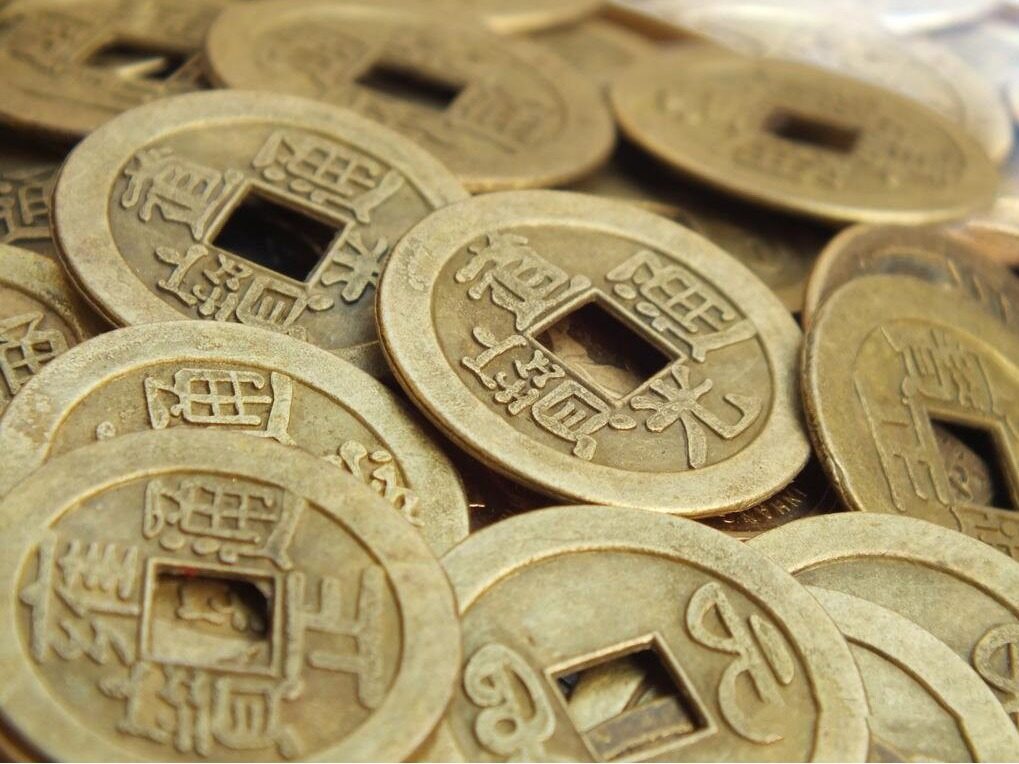
Recently, archaeologists discovered a handicraft workshop for coin minting at the Guanzhuang site in Henan Province. According to the carbon fourteen test, it has been about 2,800 years old and is the oldest mint in the world discovered so far. Ruins! At the same time, the earliest metal coinage in China was discovered, which provided a significant reference for confirming the process of the standardization of ancient gold coins and reflecting the changes in social and economic mechanisms through the development of gold coin forms.
Guanzhuang Site
The Guanzhuang site is located in Xingyang City, Henan Province. It is a complete urban site from the Western Zhou Dynasty to the middle of the Spring and Autumn Period. It was built in about 800 BC and was abandoned in about 450 BC. Since the excavation in 2010, the site has discovered a large area of handicraft workshops. The handicraft activities in the workshops involve various types such as copper casting, pottery making, and bone making.
In archaeology, we found dozens of used and unused coin molds, coin fragments and metal fragments, thousands of pits filled with production waste, and more than 6,000 used to produce various types of bronze artifacts. Clay molds, including ritual utensils, weapons, chariot accessories, musical instruments, decorations, tools used by nobles, and of course spade coins. Other recovered artifacts associated with the foundry include crucibles, spoons, charcoal, and furnace fragments. According to research, the foundry was first put into use around 770 BC, but it was not used to make coins until 640 BC.
According to Professor Han Guohe, the leader of the archaeological discipline of Zhengzhou University, the bronze casting workshop at the Guanzhuang site is located in the north-central part of the city and covers a large area. During the excavation process, a total of 4 types of remains related to the coin casting were discovered, including Empty first coin products, unused core fan, used core fan, and foreign fan.
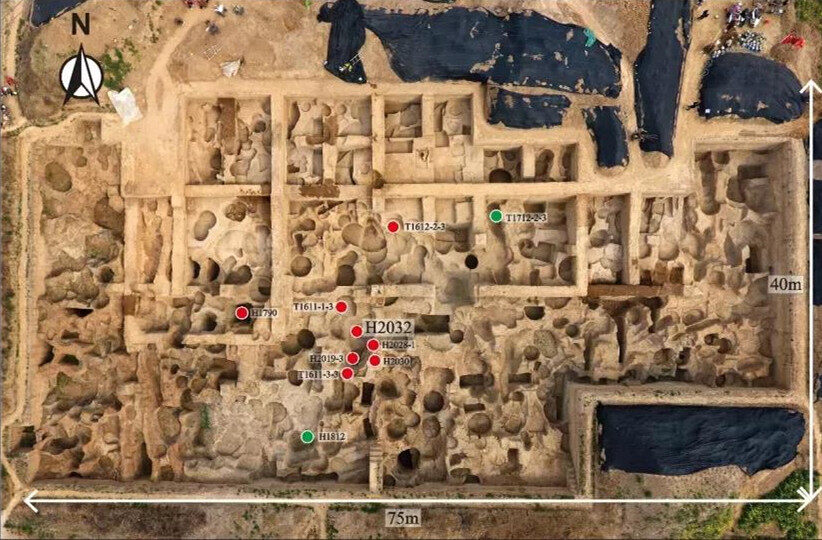
Plane distribution map of the remains related to coin production at the Guanzhuang site
"At the site of the ruins, we found a large number of pits dumping copper waste. In one of the pits, two finished metal coins were found. Among them, the metal coin numbered SP-1 has a recovered length of 143 mm and a width of 63.5 mm. Gao Xiangping, the leader of the archaeological team at the Guanzhuang site, said that the coins found at the Guanzhuang site are called empty head cloths. They were currency in circulation during the Spring and Autumn Period and Warring States Period. They were also one of the earliest metal coins in China.
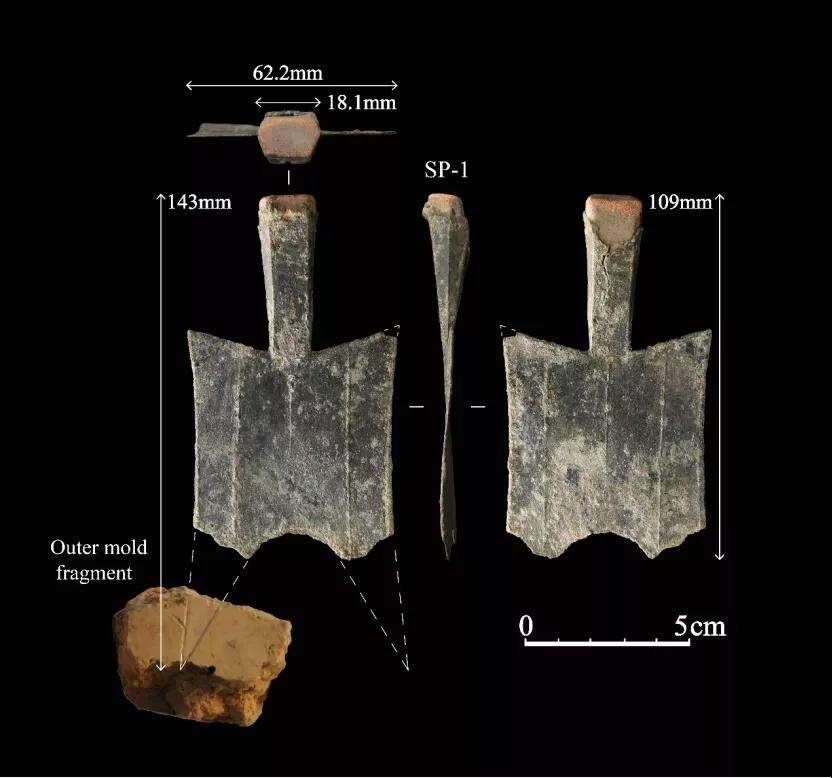
The finished product of No. SP-1 empty first cloth coin unearthed at the Guanzhuang site
It was confirmed by carbon 14 dating that the production of copper at the Guanzhuang site roughly began between 814 and 750 BC. In about 150 years thereafter, bronze casting workshops focused on the production of bronze ceremonial vessels, weapons, carriages and horses. Coin production activities took place between 640-550 BC. While the workshop continued to produce bronze ritual vessels, weapons and other products, standardized metal currency casting activities began to appear.
This data provides for the first time absolute chronological information about the early coin minting sites in China, and also makes the Guanzhuang site the world's oldest coin-making workshop site confirmed by carbon 14 testing.
Minting workshop sites can not only provide a clear archeological background for studying the production age of currency, but also reflect the socio-economic mechanism in the development of metal currency.
China's oldest gold coin
Some scholars believe that seashells were the earliest currency used in ancient China. By around 770 BC, metals of different shapes began to be used as currency. "Including knife, spade and bridge money, these currencies are derivatives of agricultural tools, and people can use these tools to trade." Gao Xiangping said.
Han Hao introduced that the beginning of casting a standardized metal currency is an extremely important moment in the history of human economic development.
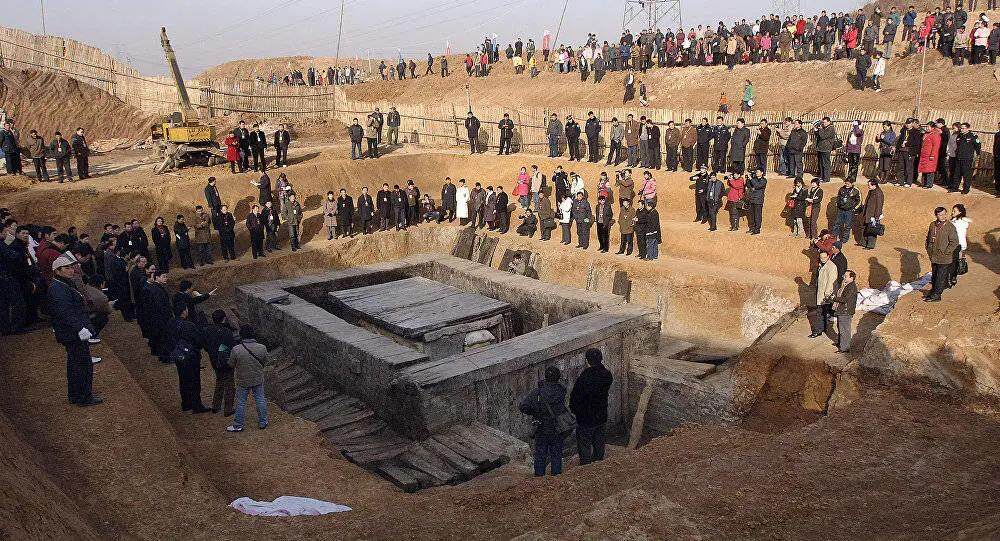
According to archaeologists, the earliest coins can be traced back to China, Lydia (western Asia Minor) and India. Ancient coins associated with these places can be traced back to roughly the same period, but none of them are radiocarbon dating. Interestingly, in the period 400 BC or earlier, no casting sites from Anatolia or ancient Greece have been found.
Ancient coins generally used copper alloys as raw materials, and for those with larger "denominations", silver and gold were used.
Everyone has seen coins. In ancient times, coins have always been the best choice for money because they are wear-resistant, durable, and not afraid of time changes.
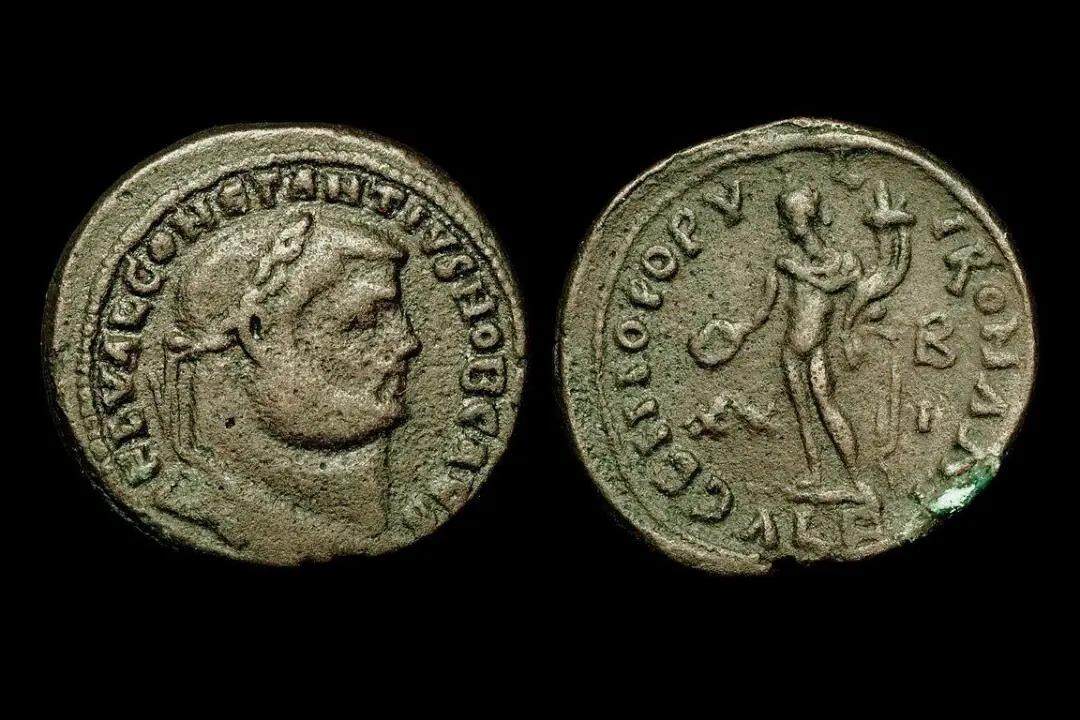
Roman coins around the 2nd century AD
However, ancient coins were not round shapes that were easy to carry at the beginning-so it is not easy to pierce the carrier's bag made of flax or other plant fibers or animal fur due to the unique geometric configuration. At least recently in Zhengzhou City, Henan Province, China The oldest existing mint in the world found in the west provides such evidence.
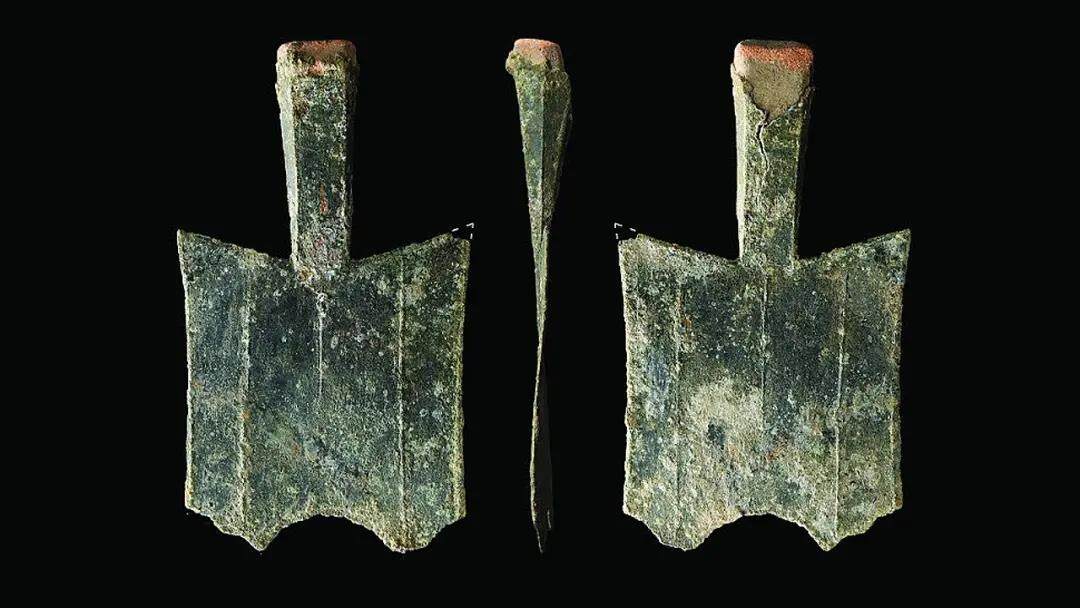
Zheng Guo Shovel Coin
The mint was discovered at the Guanzhuang archaeological site near Xinzheng, the capital of the State of Zheng during the Spring and Autumn Period of the Western Zhou Dynasty.
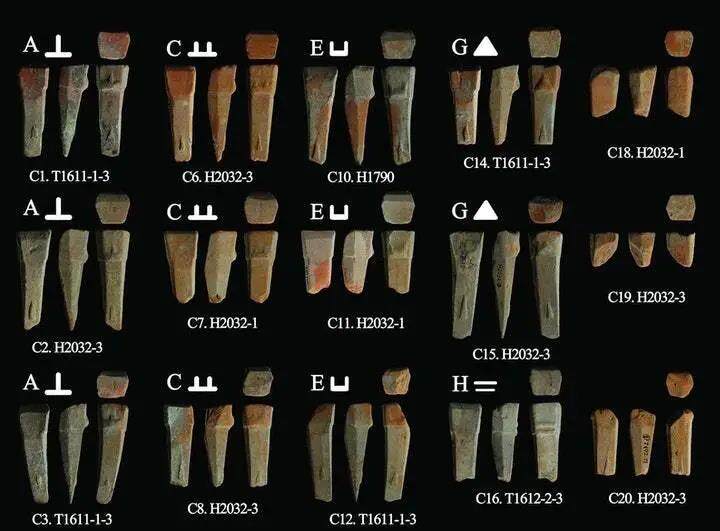
Abandoned core found on site
The city existed between 800 BC and 450 BC, and it is known that its residents used "shovel coins".
"The coinage technology adopted by Guanzhuang is characterized by mass production and high standardization and quality control. This shows that the production of shovel coins is not a small-scale, sporadic experiment, but a process of careful planning and organization in the hinterland of the Central Plains of China. "Archaeologists said in a report published in the industry's authoritative magazine "The Past."
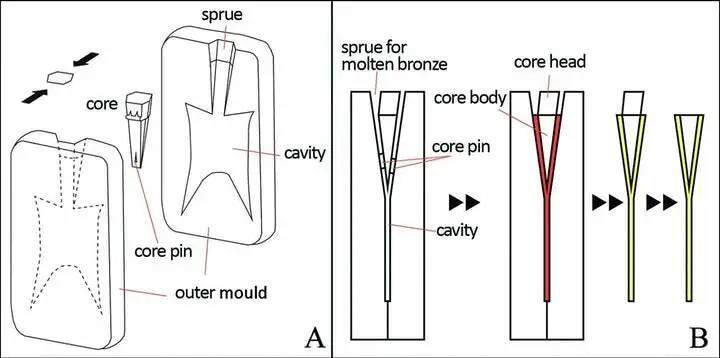
A picture describing the process of making shovel coins
It is worth mentioning that, unlike the craftsmanship of ancient Greek coinage, the "shovel coin" manufacturing plant found at the Guanzhuang site in Zhengzhou, China has already used molds. In contrast, the 7th century BC silver and gold coins found in Asia Minor are still using very rough stone molds, so the coin configurations are very irregular. In addition, the mint site was found near the capital, which shows that this factory is likely to be a mint opened by the government to create a unified trading medium in Zheng State.
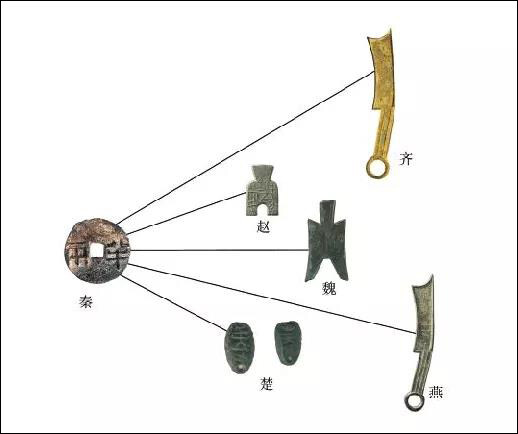
Qin unified currency
Hundreds of years later, as Qin replaced Zhou and established a centralized empire, the shovel coin was abolished and replaced with a round square hole, which is convenient for customers to string together the "Qin half two", thus, " Coins in the shape of "Brother Kong Fang" have been used in East Asia for more than 2,000 years, and "a dang of coins" ranging from 30 to 120 coins has become a common unit when trading valuables. Editor/He Yuting
Comment
 Praise
Praise
 Collect
Collect
 Comment
Comment
 Search
Search



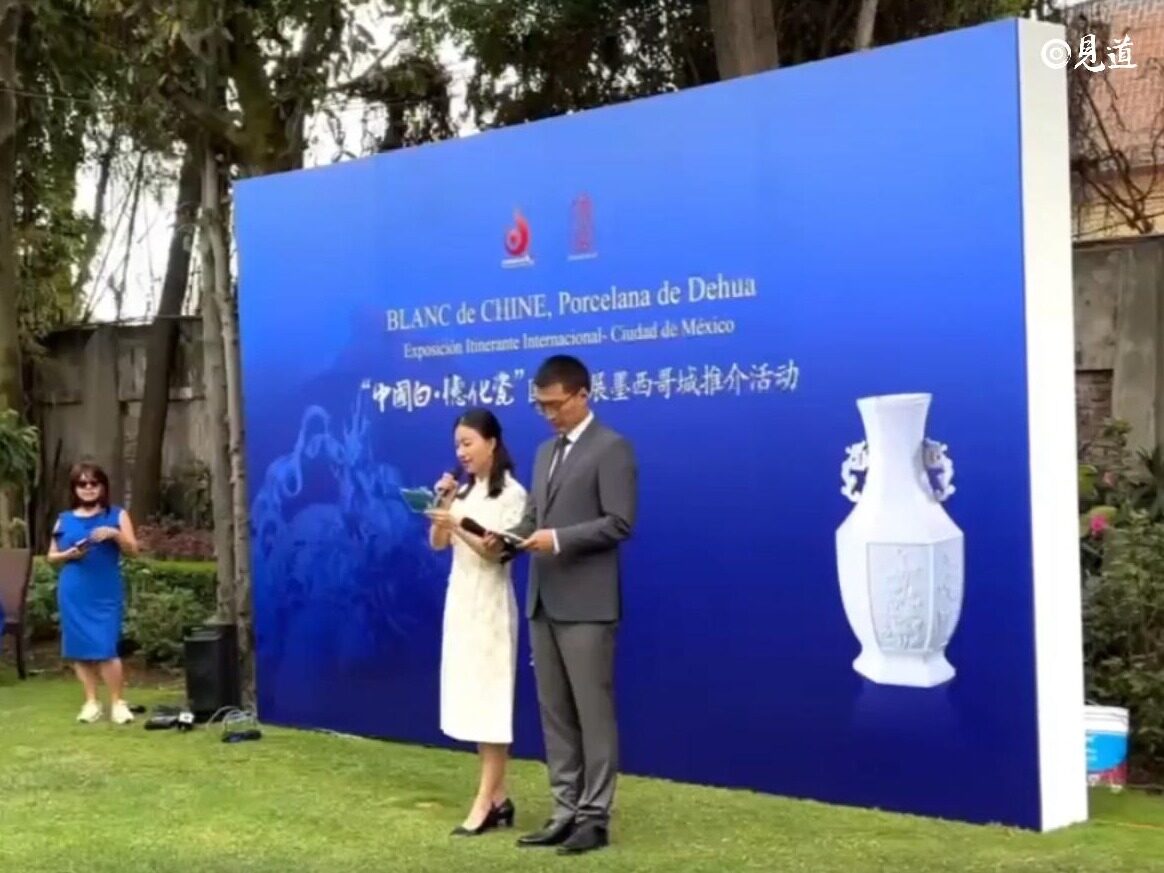

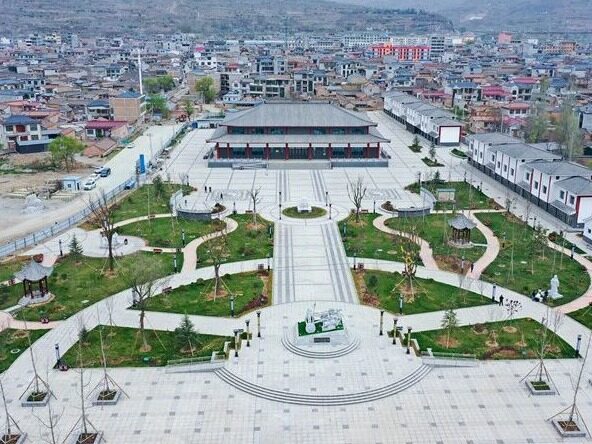
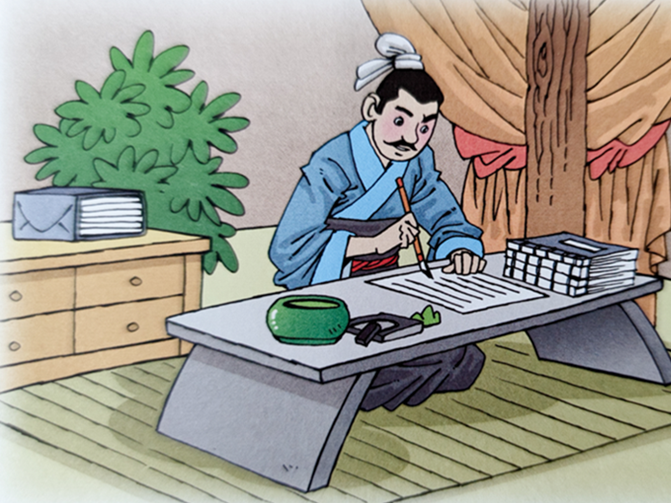
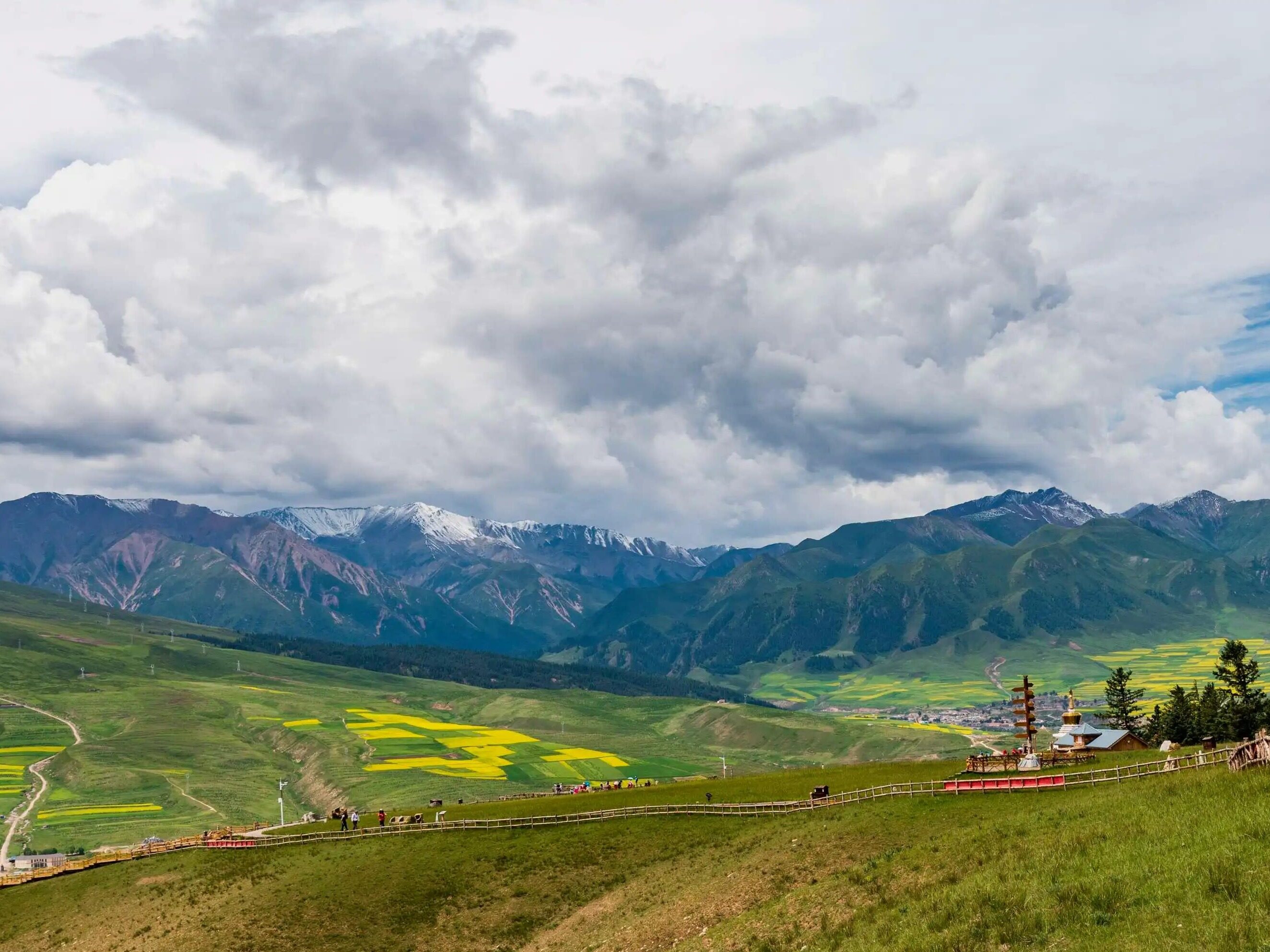






Write something~